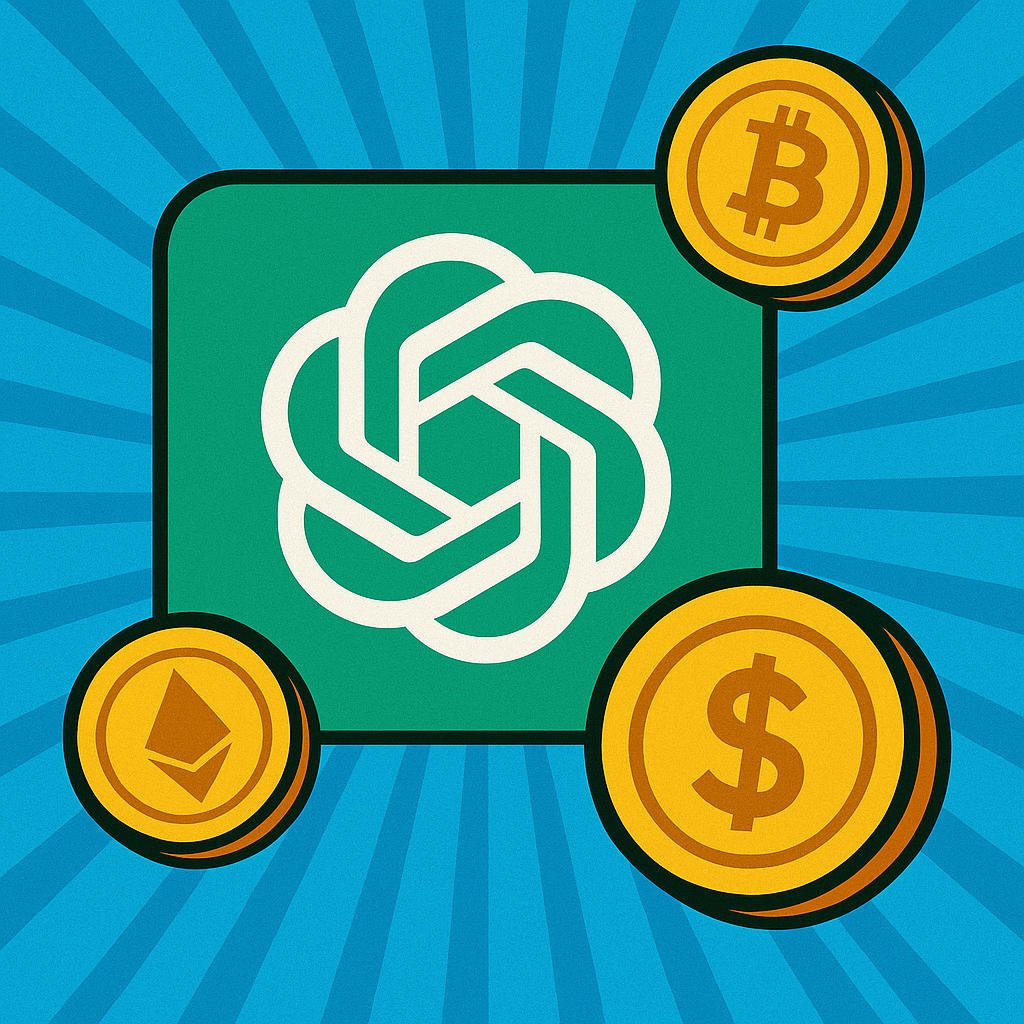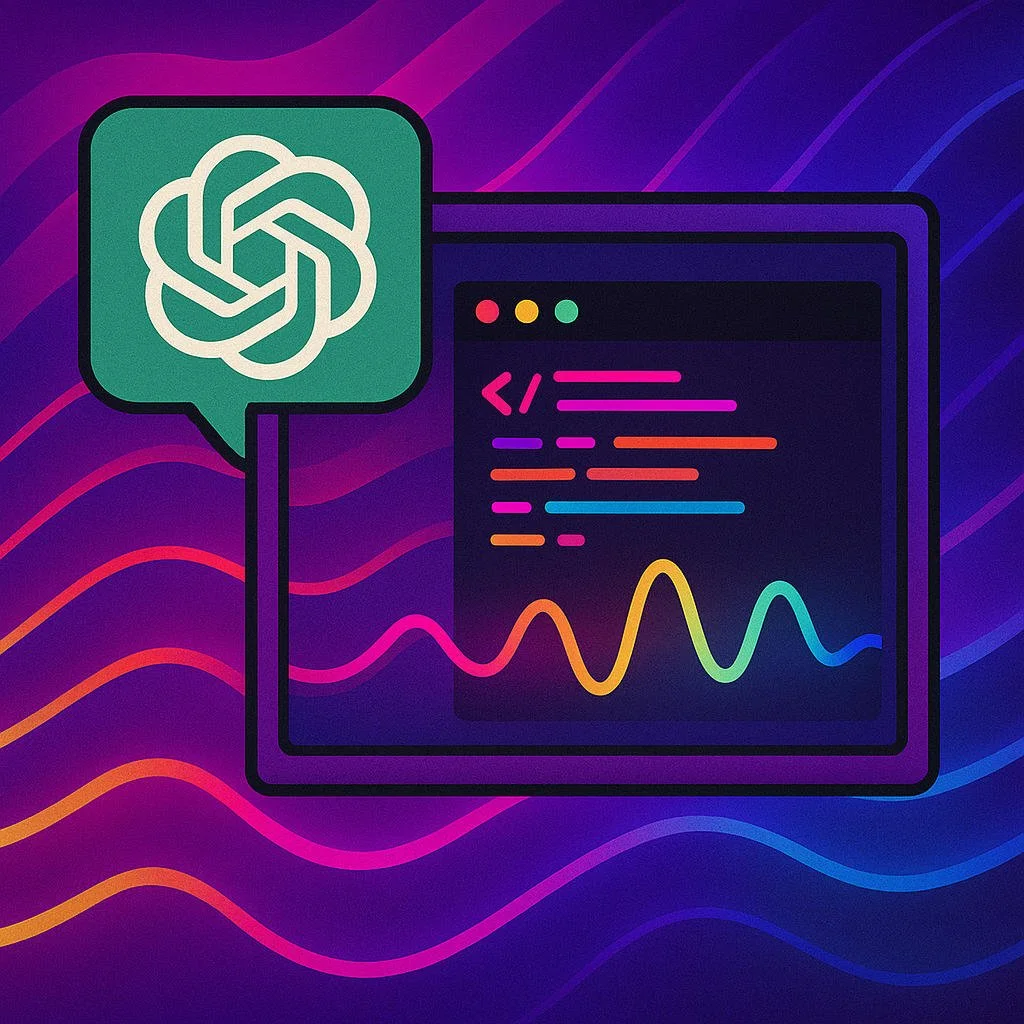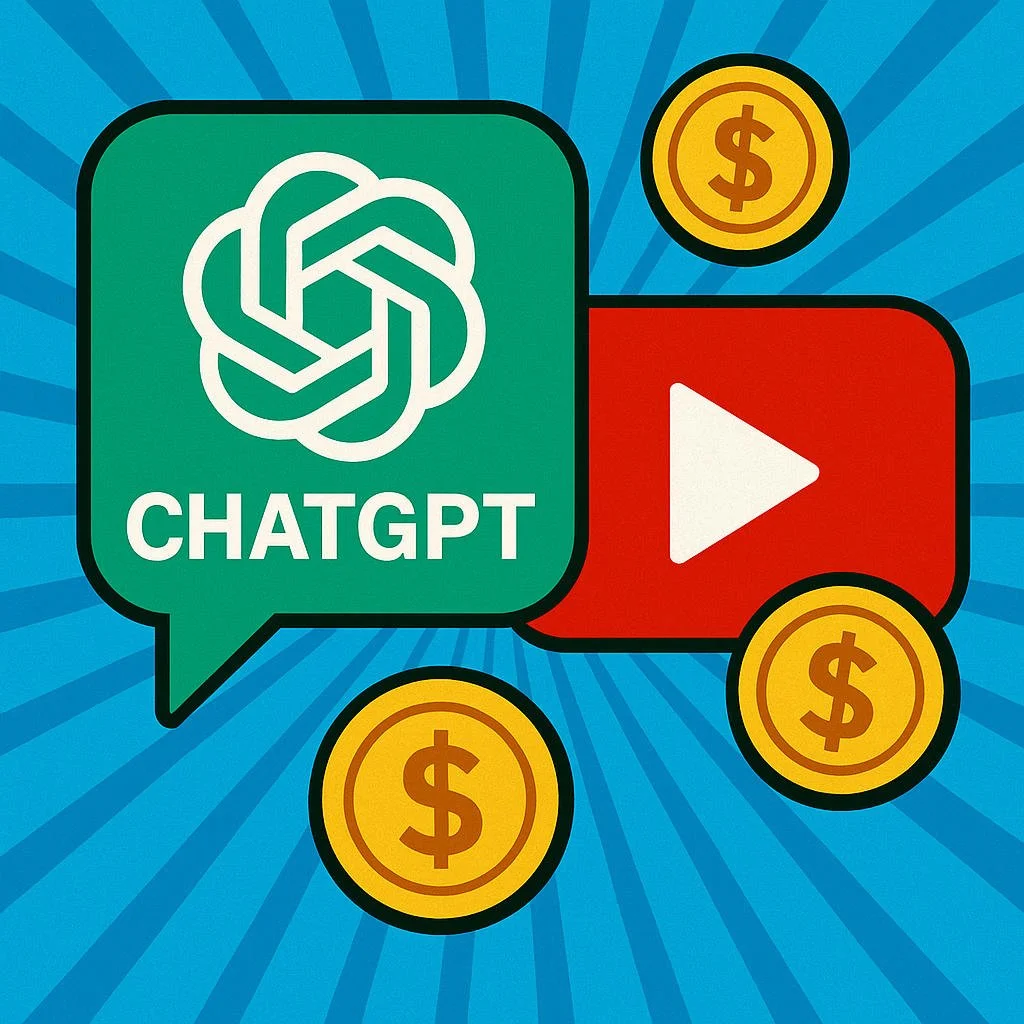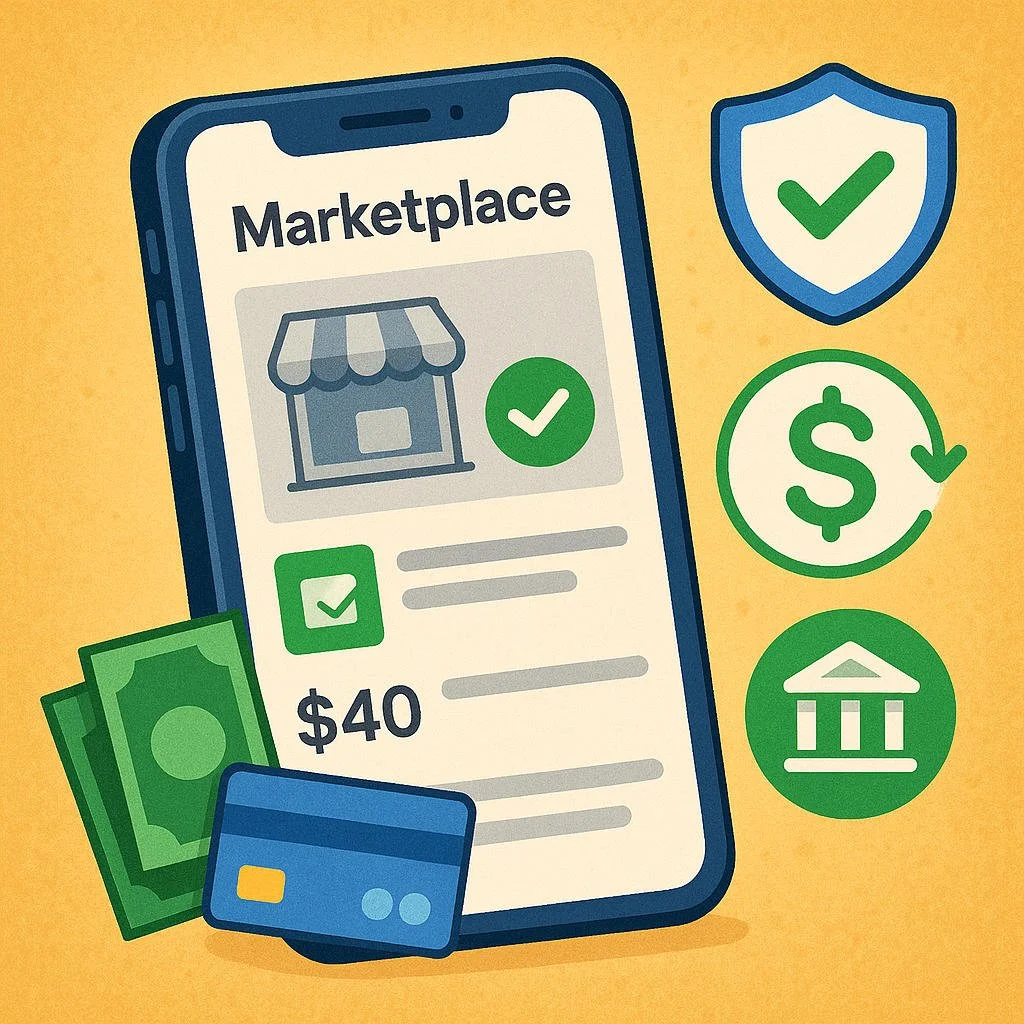How to Use ChatGPT to Make Money in Crypto (Without Being Reckless)
Quick reality check before we start
Crypto can be:
Extremely volatile (huge price swings in hours)
Full of scams, rug pulls, and bad advice
Poorly regulated in many places
ChatGPT can help you think, plan, and create around crypto. It should not be treated as a magic signal service or a guaranteed way to get rich.
You’re responsible for:
Your own risk tolerance
Checking local laws and taxes
Double-checking any numbers or claims elsewhere
With that said, here’s how to use ChatGPT productively around crypto.
1. Use ChatGPT as your crypto translator (learn before you earn)
If you don’t understand what you’re buying, you’re gambling, not investing.
ChatGPT can help you:
Understand basic concepts (blockchains, wallets, gas fees, stablecoins, staking, L2s, NFTs, etc.)
Decode jargon in whitepapers and tokenomics
Summarize long documents into plain English
Example prompts:
“Explain what a layer 2 network is like I’m new to crypto, but I know basic finance.”
“Summarize this token’s whitepaper in under 300 words and list the main risks and assumptions.”
“Explain what APY really means in DeFi, and why a very high APY might be dangerous.”
You use this to understand the playground before putting real money on the table.
2. Research coins and projects more systematically (not just ‘moonshot’ hype)
ChatGPT can’t see your portfolio or predict future prices. But it can help you structure research so you don’t just follow TikTok moon calls.
What ChatGPT can help you do:
Build checklists for evaluating a token or project
Compare projects with similar goals (e.g., various L2s, DEXs, or stablecoins)
Organize your own notes about a coin into pros/cons and questions
Example prompts:
“Give me a checklist for evaluating a new crypto project: tech, team, tokenomics, use case, competitors, and regulatory risks.”
“Compare two DeFi projects: [Project A] and [Project B]. Focus on revenue models, tokenomics, and risks. Use neutral language and don’t guess prices.”
“Here are my notes on a coin. Turn them into a summary table with strengths, weaknesses, and open questions.”
Then you go and confirm the facts with block explorers, project docs, and independent sources. ChatGPT structures your thinking; you verify in the real world.
3. Use ChatGPT to plan long-term strategies instead of FOMO trading
Most beginners lose money because they:
Chase pumps
Trade emotionally
Over-leverage
Have no written plan
You can ask ChatGPT to help you design a personal framework:
Time horizon (short-term trading vs. long-term investing)
Allocation between Bitcoin, Ethereum, large caps, small caps, stablecoins
Rules for position size and max loss per trade
What you’ll do in different market scenarios
Example prompts:
“Help me draft a written crypto investment plan. My risk tolerance is [low/medium/high], my time horizon is [X years], and I want to focus on [BTC/ETH/blue chips/DeFi/etc.]. Include rules on allocation, rebalancing, and when to not trade.”
“Create a risk management checklist for someone with a $X portfolio in crypto. Include max position size, stop-loss guidelines, and when to sit in stablecoins instead of trading.”
You still choose your own risk and assets, but ChatGPT helps you turn vague ideas into written rules, which is where many people fail.
4. Use ChatGPT for technical and on-chain analysis scaffolding (carefully)
ChatGPT doesn’t have live charts or order books, but it can still help in useful ways:
Explain technical analysis concepts (support/resistance, trendlines, moving averages, RSI, MACD, etc.)
Suggest ways to combine indicators in a strategy
Help you write pseudo-code or code for backtesting your strategy (e.g., in Python)
Example prompts:
“Explain in detail how to use moving averages and RSI together to build a crypto trading strategy. Include example rules for entries and exits, and emphasize risk management.”
“Help me write pseudocode (or Python code) to backtest a simple BTC strategy using a 50-day and 200-day moving average crossover.”
“List common mistakes people make using technical indicators in crypto and how to avoid them.”
You still must backtest and verify any strategy with real data elsewhere. ChatGPT helps you with the logic and code structure, not the live signals.
5. Create YouTube, blog, or newsletter content about crypto (and get paid for that)
One of the safest ways to “make money in crypto” is actually to make money in content about crypto, not just price moves.
You can:
Start a YouTube channel explaining concepts, news, or project breakdowns
Run a newsletter about crypto education, trends, or beginner guides
Write a** blog** that earns from ads and affiliate links (exchanges, wallets, tools)
ChatGPT can help you:
Brainstorm topics and series
Draft scripts and newsletters
Create outlines and SEO-friendly article structures
Generate educational graphics ideas or explainer analogies
Example prompts:
“Give me 30 YouTube video ideas for a beginner-friendly crypto channel that focuses on safety and education, not hype.”
“Write a detailed outline for an article: ‘How to Avoid Crypto Scams as a Beginner.’ Include sections on phishing, fake airdrops, fake support accounts, and fake exchanges.”
“Draft a 7-minute video script explaining what stablecoins are, pros and cons, and common risks, in simple language.”
You monetize through:
YouTube ads
Sponsorships
Affiliate programs (exchanges, hardware wallets, portfolio trackers)
Paid courses or guides later
Here, crypto is the topic, not the bet.
6. Build tools, bots, or dashboards with ChatGPT as your coding assistant
If you’re technically inclined, the serious money in crypto often comes from building, not trading:
Portfolio trackers
Tax helpers
NFT floor trackers
DeFi dashboards
Simple analytics bots
ChatGPT can help you:
Write or debug code (Python, JavaScript, etc.)
Connect to exchange APIs (Binance, Coinbase, etc.)
Sketch out UI ideas, data structures, and logic
Draft documentation and help guides
Example prompts:
“Help me write Python code that connects to [exchange] API and pulls my last 100 trades for BTC/USDT.”
“Design a basic data model for a crypto portfolio tracker. I want to store transactions, balances, and historic values.”
“Write documentation for a beginner user explaining how to use my new DeFi dashboard safely.”
You can then monetize the tool via:
Paid subscriptions
Lifetime licenses
SaaS model
Donations or open-source sponsorships
Again, ChatGPT is your dev assistant, you are the builder.
7. Launch a crypto education product (course, ebook, community) with ChatGPT’s help
Once you actually know what you’re doing and have proof (portfolio, track record, content), you can:
Create paid courses: “Crypto for Beginners,” “How to Use DeFi Safely,” etc.
Sell ebooks or guides: step-by-step setups, checklists, tax basics (assuming you research or partner with professionals)
Run a community: Discord, private group, Q&A calls
ChatGPT can:
Help plan the curriculum
Draft lessons and checklists
Create worksheets and quizzes
Help write sales pages and emails
Example prompts:
“Outline a beginner crypto course that teaches safety, wallets, exchanges, basic DeFi, and risk management in 6 modules.”
“For module 3 (DeFi basics), create a lesson plan and a checklist the student should follow before using any DeFi app.”
“Write a sales page outline for my course that focuses on learning crypto without gambling everything.”
Important: stay ethical. Don’t sell a course promising guaranteed profits or secret strategies. Focus on education and risk awareness.
8. Use ChatGPT to stress-test your ideas and spot your own blind spots
Sometimes the best use of ChatGPT in crypto is to let it argue against you.
You tell it what you plan to do
Ask it to list risks, biases, and failure scenarios
Use this to refine or reject dumb ideas before you lose money
Example prompts:
“I’m considering putting 50% of my net worth into a single altcoin because I think it will 10x. Argue against this idea as if you’re a very cautious financial advisor. List all the ways this could go wrong.”
“Here’s my DeFi yield strategy. Please list technical, smart contract, and market risks I might be underestimating.”
“I want you to be my ‘risk manager.’ Whenever I describe a crypto plan, your job is to tell me everything that could go wrong and how to mitigate it.”
You still decide—but you’ll be forced to face uncomfortable truths before the market does it for you.
9. Things ChatGPT should not be used for in crypto
To keep yourself safe, avoid using ChatGPT for:
Exact price predictions: “What will BTC be in 3 months?” → It does not know.
Ultra-specific trading signals: “Tell me exactly when to buy and sell this coin.”
Blind trust in any project: Always verify details yourself.
Tax or legal advice specific to your country: It can give general ideas, but not a tailored legal plan.
Use ChatGPT as a thinking partner, not an oracle.
10. A simple, practical workflow you can copy
Let’s say you want to make money in crypto mostly by investing + content:
Education phase (0–4 weeks)
Use ChatGPT to learn basics: wallets, security, on-chain vs. centralized, etc.
Build a written risk and strategy document with ChatGPT’s help.
Research & small portfolio (next 1–3 months)
Use ChatGPT to structure coin research, but verify numbers yourself.
Build a tiny, diversified portfolio you can emotionally afford to see drop.
Track everything in a spreadsheet or tool (maybe one you develop).
Content phase (starts now, grows over time)
Create YouTube videos, articles, or threads explaining beginner topics.
Use ChatGPT for titles, outlines, scripts, and descriptions.
Monetize with ads + affiliate links.
Build or sell something (6–12+ months)
As you gain genuine skills, create a tool (tracker, dashboard) or course.
Use ChatGPT to outline, code-assist, and write documentation.
Promote it through your audience and content.
This way, you’re not betting everything on “picking the right coin.” You’re building skills + assets that can pay you even if the market is sideways.
Final thoughts
You can use ChatGPT to make money in crypto by:
Learning faster (so you make fewer dumb mistakes)
Thinking clearly (strategy, risk management, research frameworks)
Building things (content, tools, education) that people will actually pay for
What you shouldn’t do is treat ChatGPT like a magic trading guru.
If you approach crypto with curiosity, skepticism, and patience, and you use ChatGPT as your assistant, not your overlord, you give yourself a much better chance of earning something real—without blowing up your finances chasing the next meme coin.









